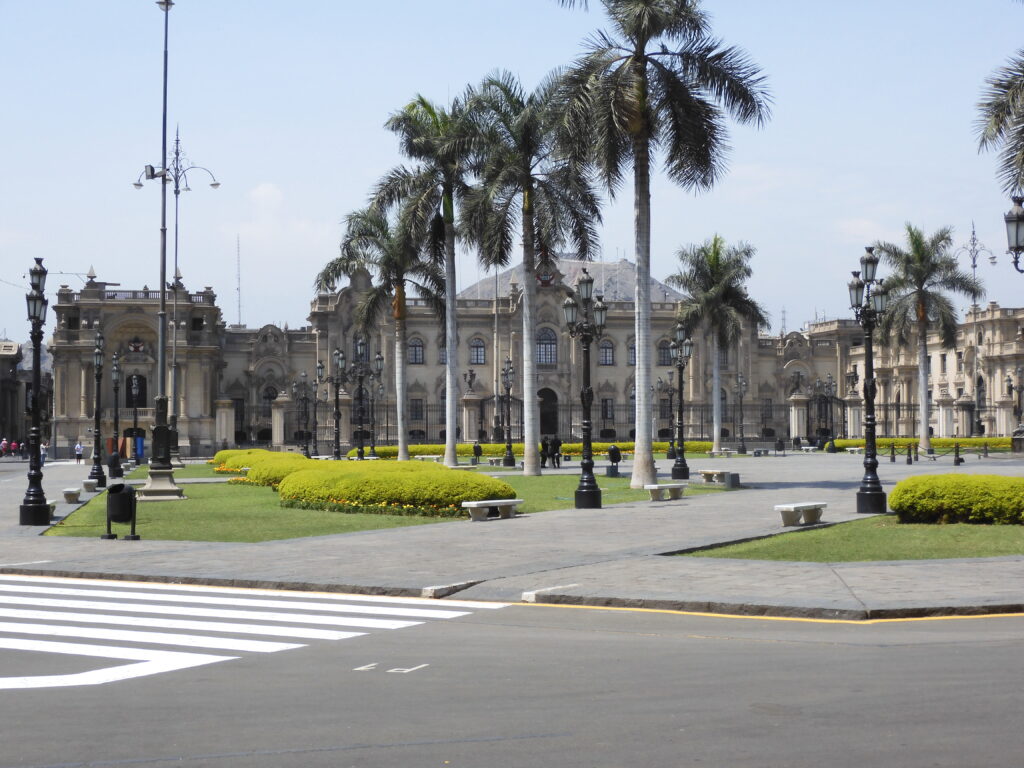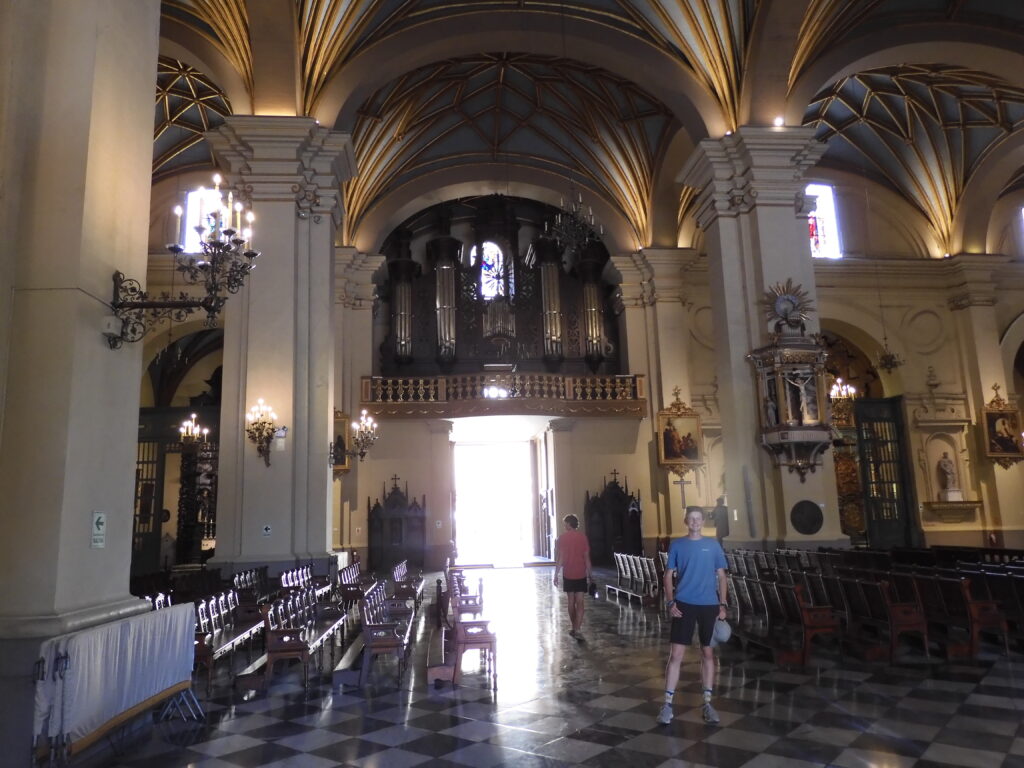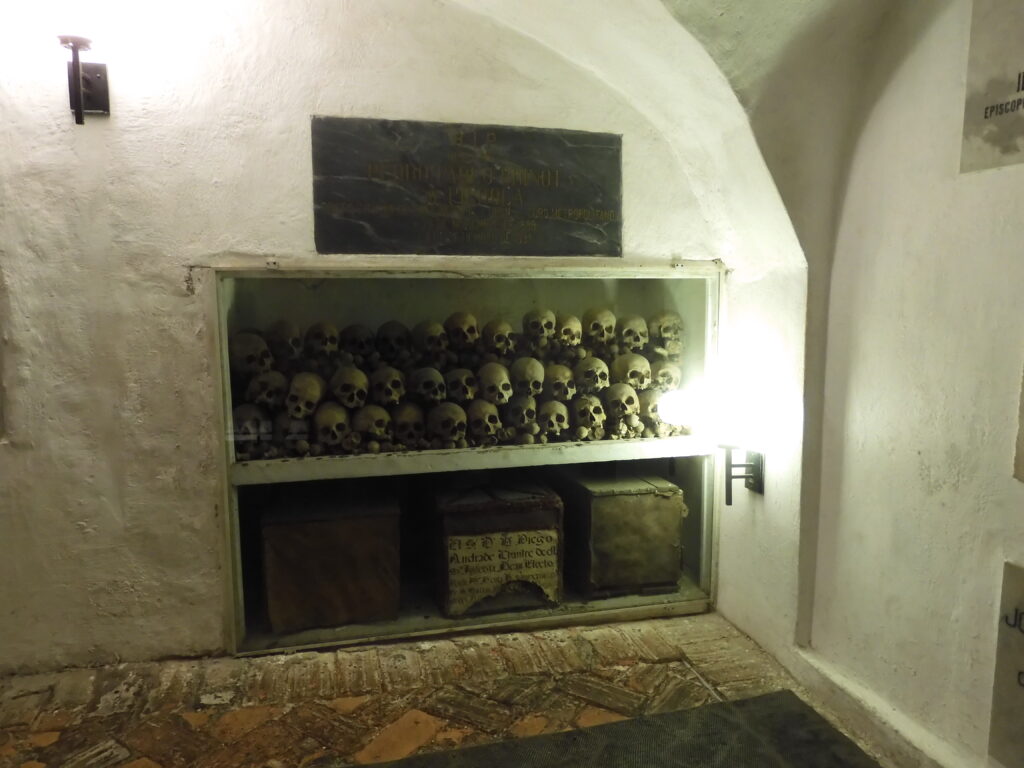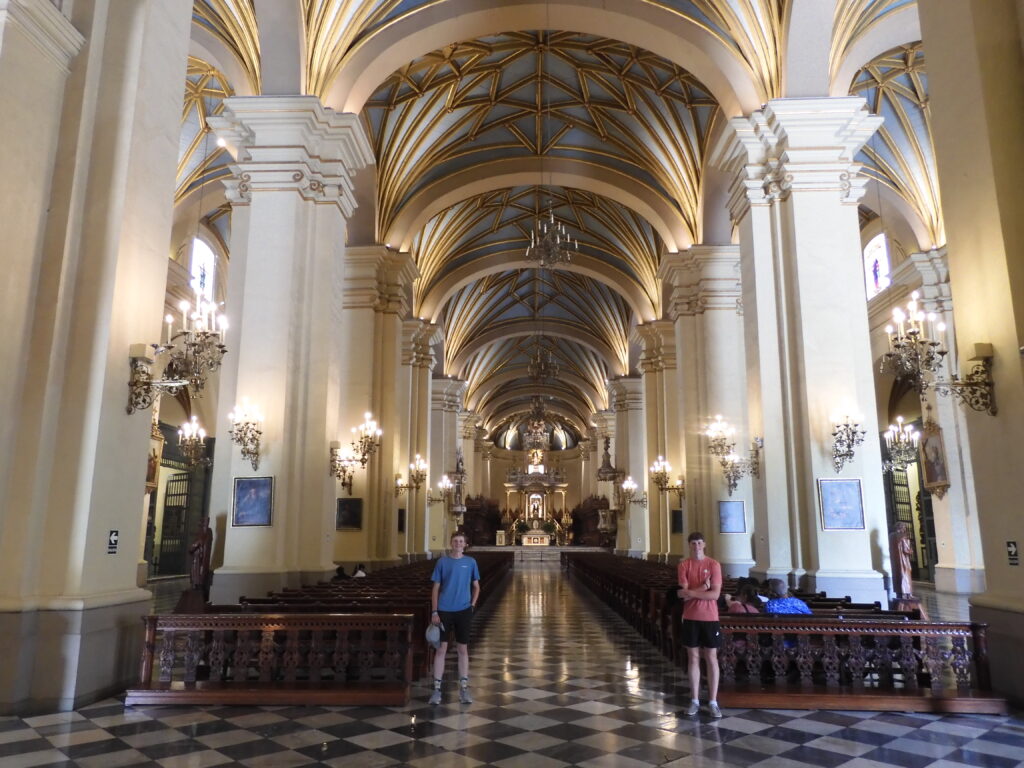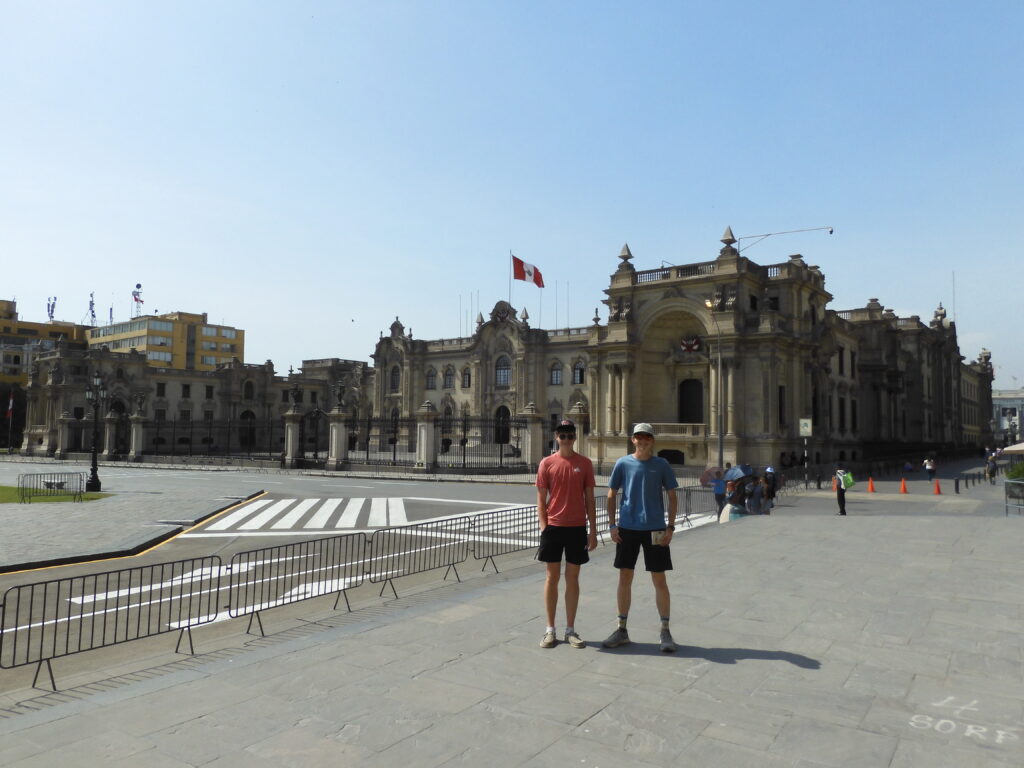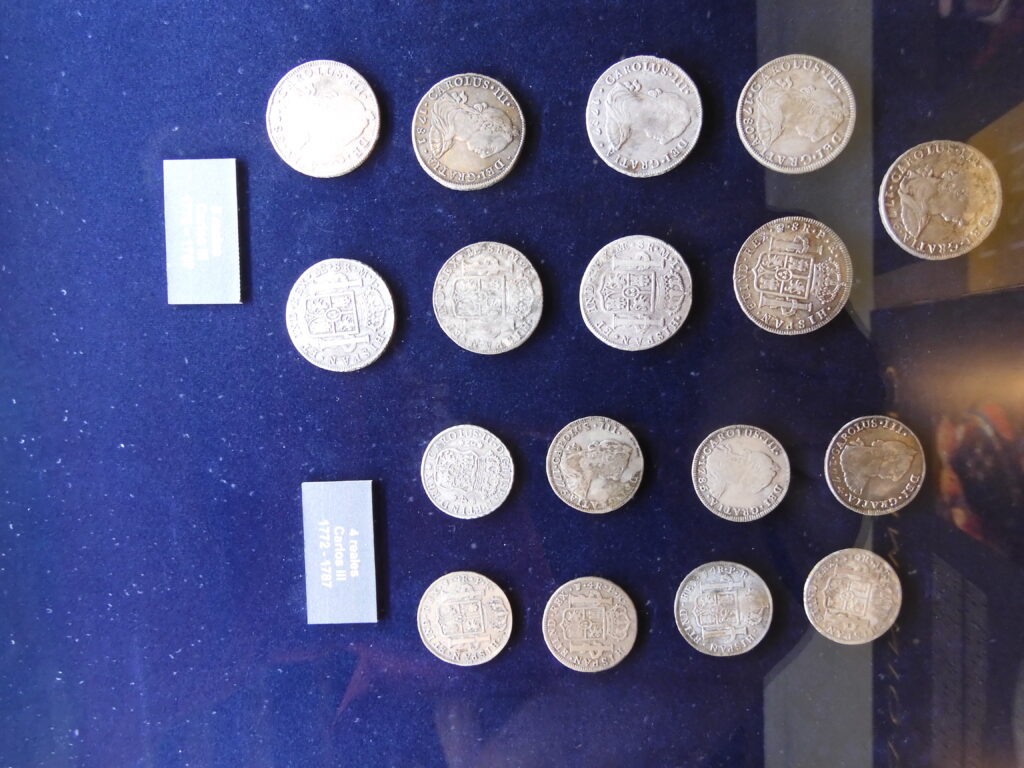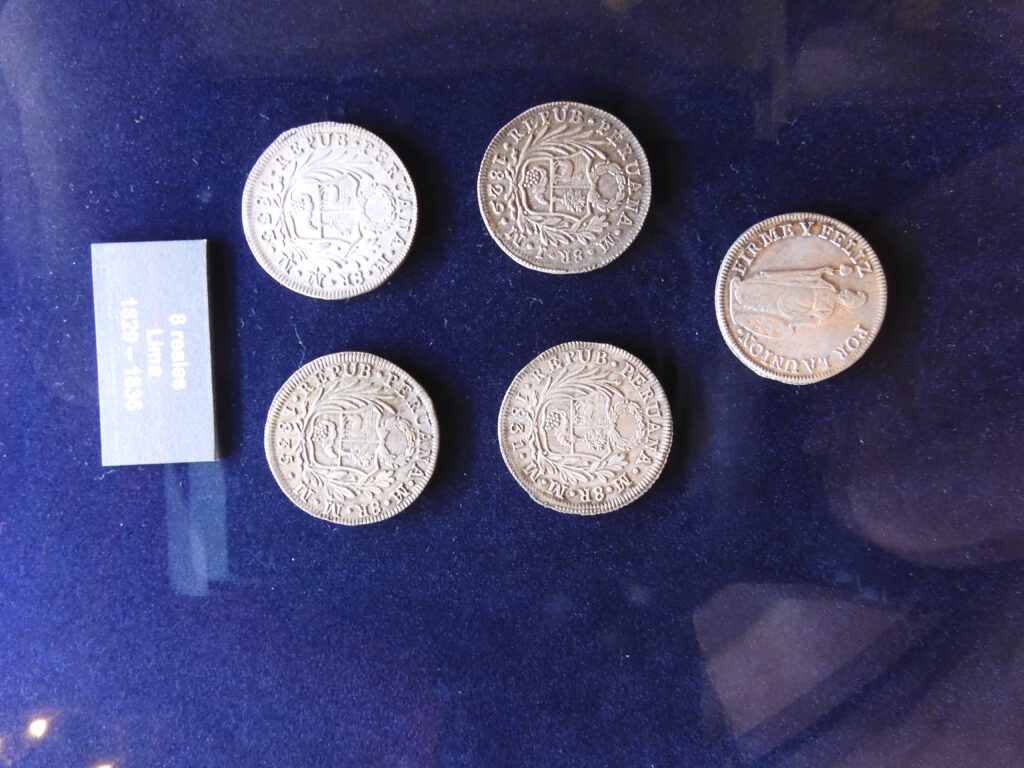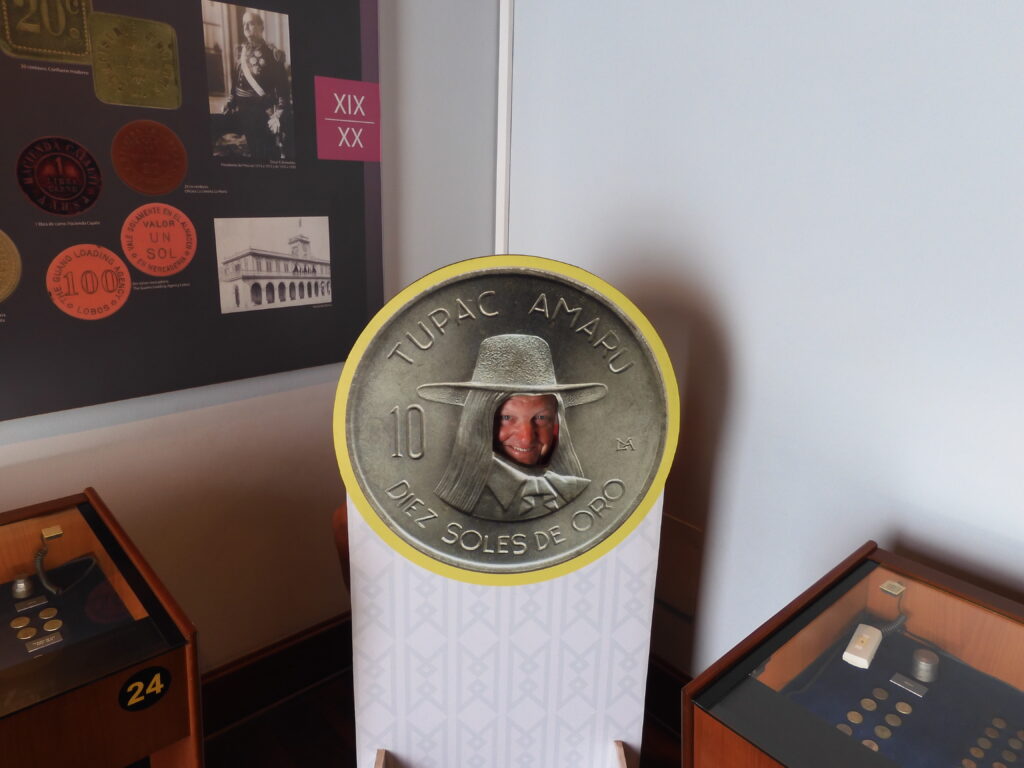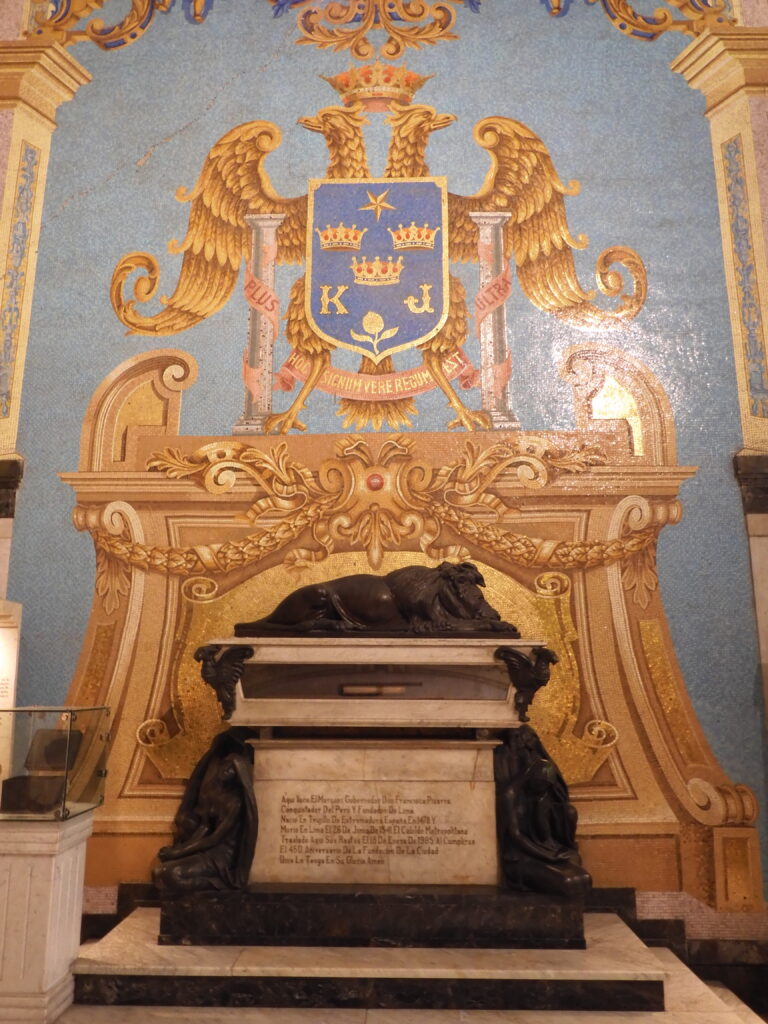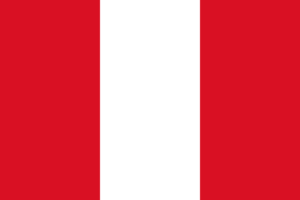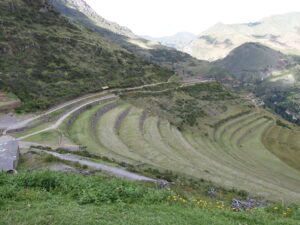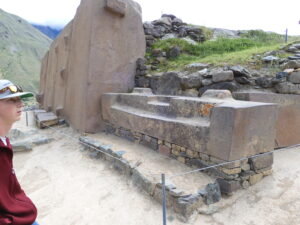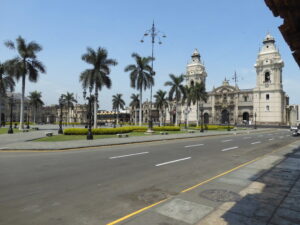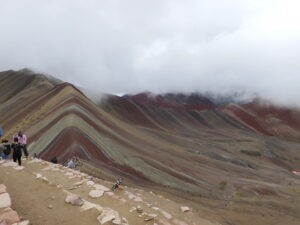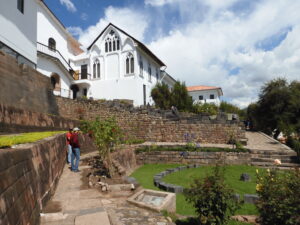Lima
Exploring the City in a Day
I begin every international trip by compiling a list of the things I would like to see, do and try in the place I am going. I never finish everything on the list. That is by design. I prioritize my list, and I don’t treat it like a hard itinerary. There are things I know I want to see and things I’d like to see. I know I will discover other interesting diversions once I am in country. How much of my agenda I accomplish is dependent on the energy, interest, and abilities of my companion(s). My agenda when traveling alone can be substantially more ambitious than when traveling with others. Nevertheless I always prefer to travel with family members. I am happy to make concessions in exchange for the companionship. I still feel a little bit disappointed leaving the country with things left undone, but console myself with the thought that I can come back. Slavishly following an itinerary is a sure way to ruin a trip. I have mostly made peace with crossing things off my list as it becomes apparent I will not have time to conveniently and fully appreciate them.
When plans for this Peru trip were in their embryonic phase, I considered flying to Lima, then splitting our 12 days in country between Cusco and Chachapoyas. I would love to go to Chachapoyas, but there are no direct flights between those two inland cities. I was traveling with my teen aged boys and my dad. As I fleshed out our plans, it became apparent that even if this was a solo trip, there were enough things to see in Cusco that trying to squeeze in another major hub of destinations was unwise. I wanted to break up our travel by spending a day in Lima on either side of our domestic flights to and from Cusco. This proved useful. I did, however, want to see what I could see in Lima even during this limited time.
Both upon our arrival and departure, we stayed in the Lima neighborhood of Miraflores. This area comes recommended to tourists for its safety and proximity to some of the major tourist attractions. It is a wealthy neighborhood close to the coast. Lima fronts the Pacific Ocean along an extended series of cliffs. A long boardwalk or Malecon runs along the top of the cliff overlooking the sea with restaurants, shops, parks, and several miles of trial. I was surprised at how many runners and exercise groups utilized this trail. The cliffs and the Malecon are occasionally interrupted by small ravines leading to the ocean that double as traffic arteries linking the neighborhoods atop the cliffs to a highway running along the coast at sea level.
Miraflores is a pretty area with high rise hotels and multi-level residential buildings. City crews are constantly at work in the parks to keep them clean, and signs all along the trafficked routes threaten fines for littering, unlicensed vendors, or not hauling out your dog’s poop. Barranco sits nearby and gleans favorable recommendations as a more eclectic neighborhood that is also safe for international travelers. The buildings are a little older and smaller. There are less high rises, and it seems slightly less expensive. Neither of these areas near the coast feel representative of life in Peru, or Lima for that matter. Climb out on the flight toward Cusco revealed a city of over 12 million people living in shanty towns and areas that looked like Brazilian favelas. Peru is a poor country. It appears noticeably poorer than other Latin American countries we have visited, like Mexico and Costa Rica. (Continued)



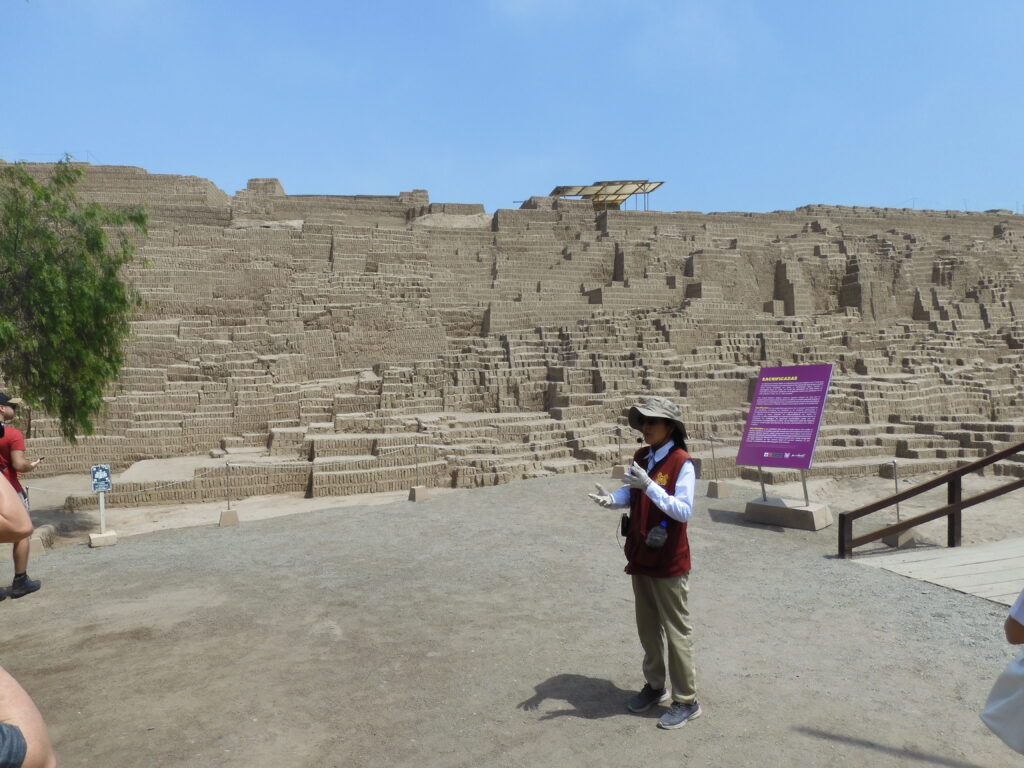



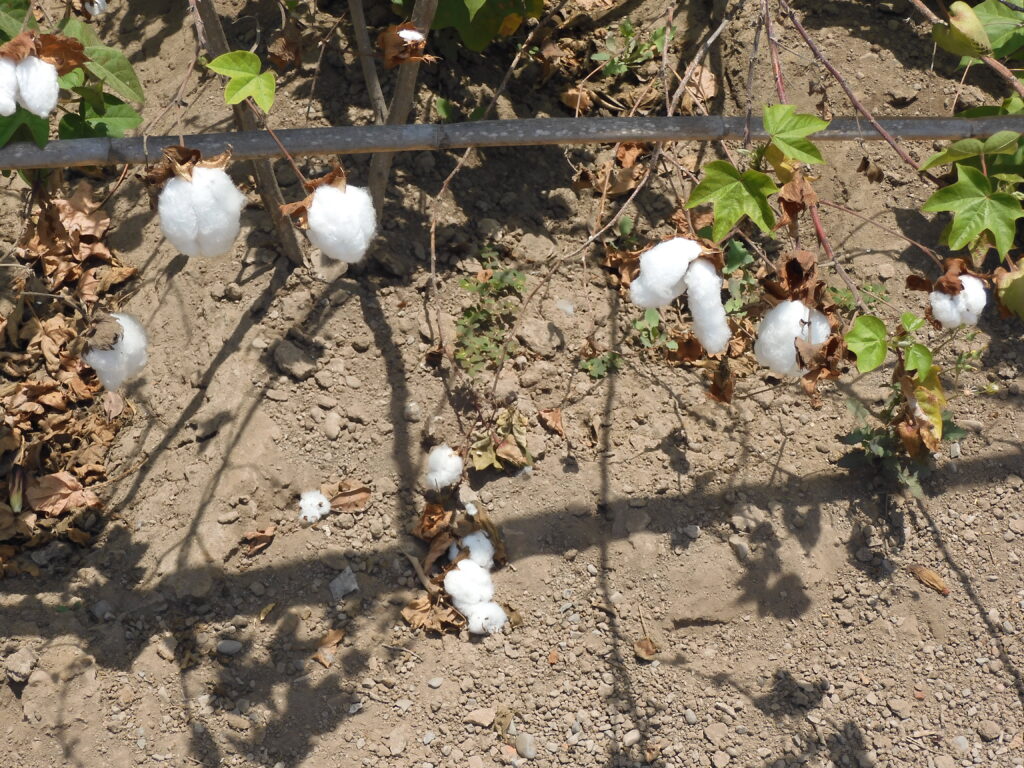
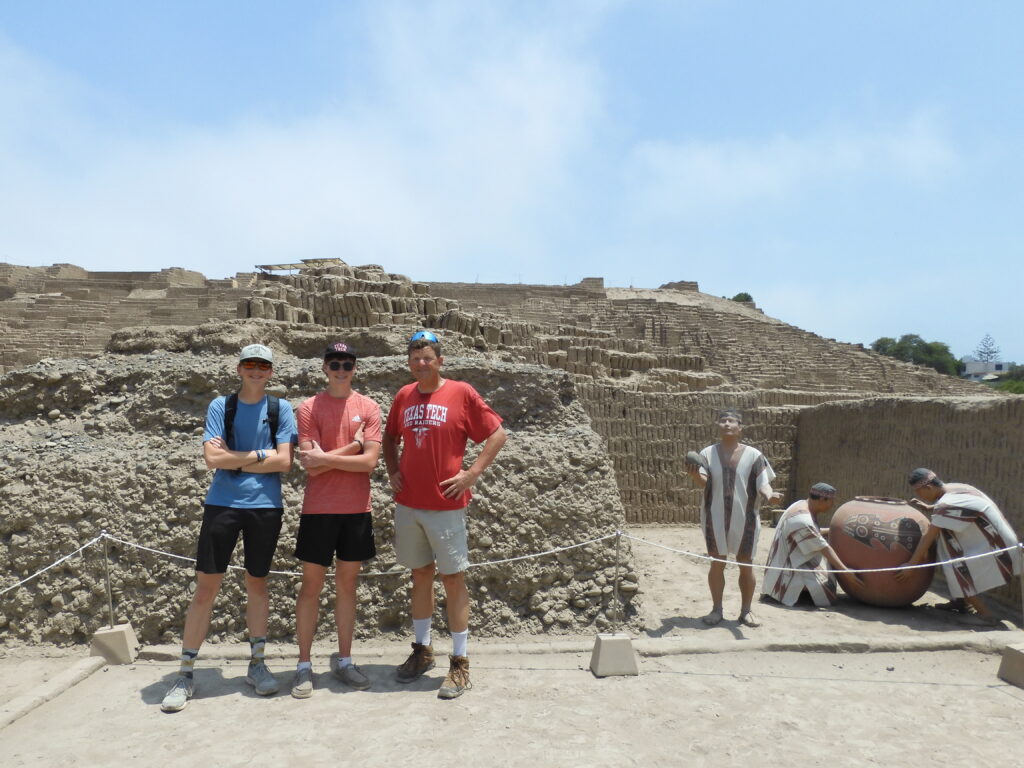
We did not have time to explore much of the rest of Lima, but did the best we could to see Miraflores and the historic area around the Plaza Mayor. It was well into mid afternoon on Sunday by the time our flight from Cusco reached Lima. Miraflores is a 45 minute Uber or taxi ride from the airport. Having skipped lunch to observe the baptism in Cusco, all three of us were ready for a hearty meal. As soon as we unloaded our belongings in our our dated but much nicer motel, we headed across the street to a Peruvian seafood restaurant and ate our fill.
I must admit having an addiction to Pepsi Max, an artificially flavored cola with no calories. These beverages had proven nearly impossible to find around Cusco. I had seen them in Lima, however. I made it my mission to locate a supermarket after supper to stock up on these drinks. Preston, having a similar Dr. Pepper habit, joined me on this quest. Supermarkets are not so ubiquitous in Peru as they are in the United States. We walked quite a few blocks before finding anything bigger than a convenience store. They did have my drinks, but we had walked a couple of miles and ended up near a park dedicated to JFK in honor of his efforts to economically and democratically strengthen Latin America through the Alliance for Progress.
This park hosted a huge outdoor market with vendors selling books, clothing, jewelry, street food, and just about anything else you might imagine. I strolled around the market in search of jugo especial the lone beverage remaining on my list of things to try. I successfully found this and although it wasn’t my favorite drink, it had a comforting feel and I liked it better than I thought I would. It was well after dark. Preston and Andrew were tired and asked if they could return to the motel room. “Can you find your way back?” I asked. Preston said it would be no problem. So we parted ways, and I continued to stroll JFK park.
During the early 19th century, there was a movement afoot to restore as closely as possible the original verbiage of the Biblical text. A German scholar named Contantin von Tischendorf went on a quest through the near east in 1844 in search of ancient texts as part of that effort. He encountered monks at a priory in Sinai fueling their furnaces with centuries old uncial manuscripts. Mortified by this irretrievable loss of such valuable early Bible witnesses, Tischendorf begged the monks not to throw anything else into the fire. The monks informed Tischendorf that they were only burning the “trash,” and that if he wanted to see something really valuable, he ought to look at the boss’s personal copy. When asked about this ancient treasure in his possession, the abbot retrieved a packet swaddled in a red cloth. As he turned back the folds of the cloth, Tischendorf beheld the beautiful fourth century uncial manuscript that would later be known as Codex Sinaiticus – one of the oldest known copies of a nearly complete Biblical text. The abbot agreed to loan it to Tischendorf, but only until the next day.
Tischendorf stayed up all night studying the manuscript. He said it would have been sacrilege to waste a single moment of access to this precious document on sleep. I often find myself sharing the same sentiment about my time in a special place. Did I want to go back to the motel at 8:30 with Preston and Andrew? No! I didn’t want to waste a minute of my time in Peru sleeping – at least no more than was absolutely necessary. I would sleep on the plane or back in the states. I walked the market in the park. I watched people. Dance music drew me toward a farther corner of the park. As I approached, I noticed a sunken amphitheater filled with people dancing. After I had spectated for a while, a dance contest broke out. I did not participate. I am not much of a dancer. I look foolish attempting it even in venues where I am not a foot taller than all of the other participants. I had fun watching others having fun. (Continued)

